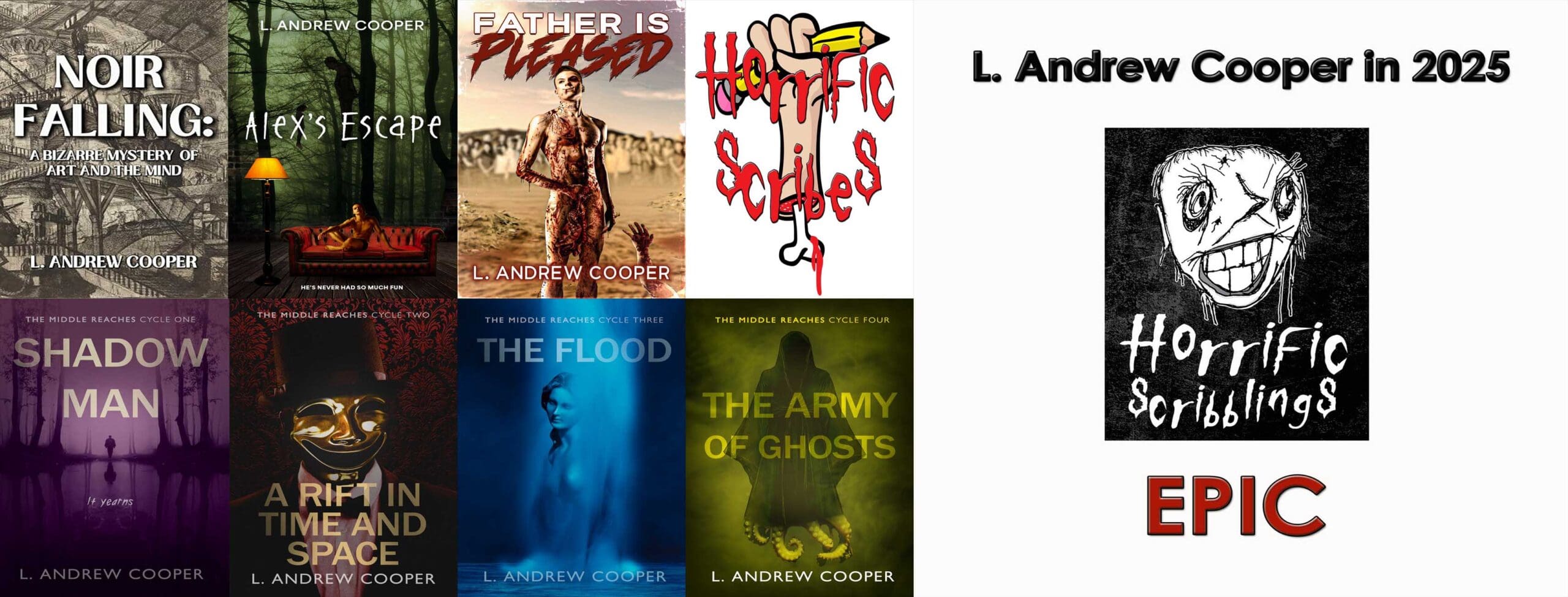150 Years of Monstrosity (Coming for You Now)
Bram Stoker’s Dracula. Richard Marsh’s The Beetle. Arthur Conan Doyle’s The Parasite. Marie Corelli’s Ziska. Arthur Machen’s The Great God Pan. Ishiro Honda’s Matango. William Hope Hodgson’s “The Voice in…
